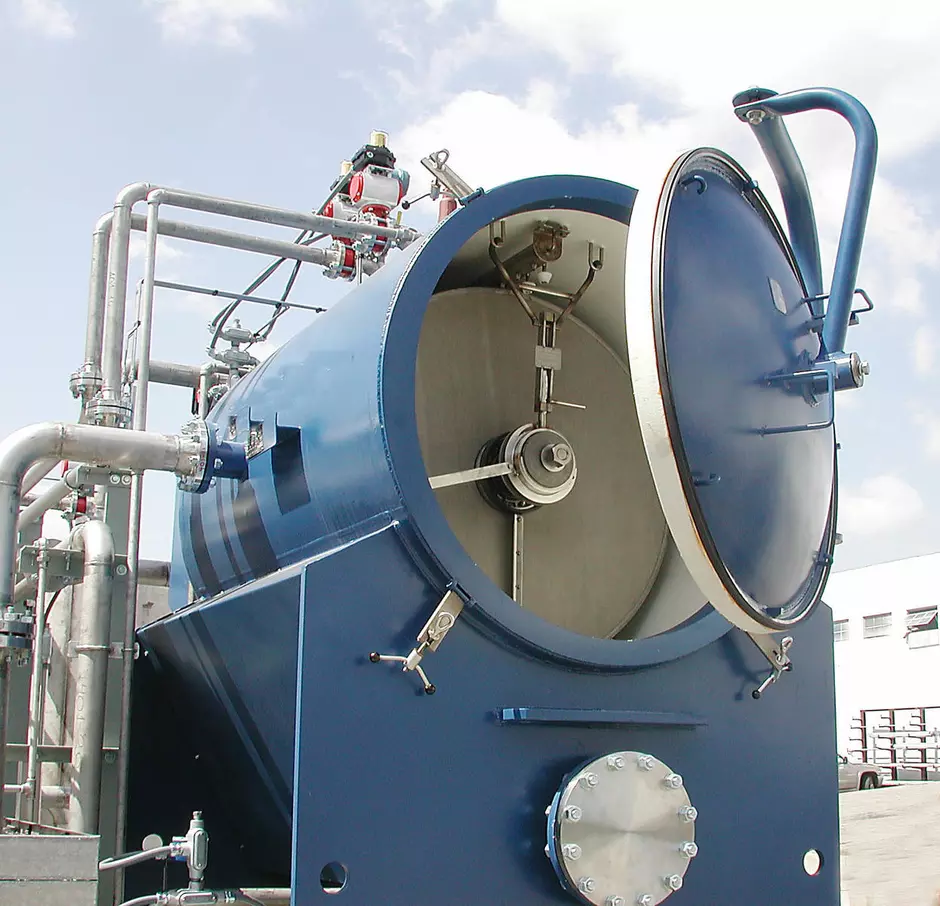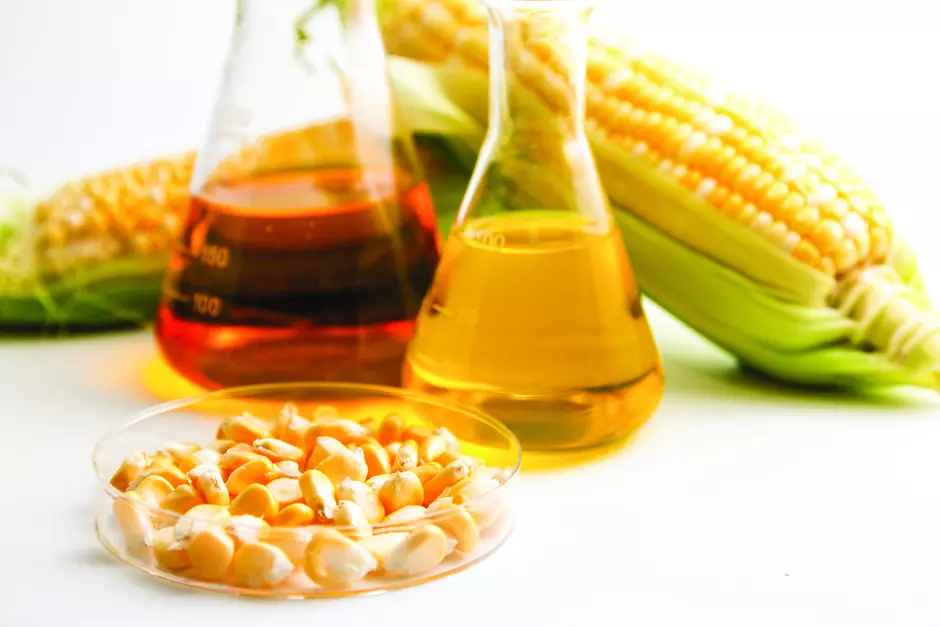Veolia's Auto-Jet® precoat filtration technology provides a solution for various food processing applications in the sweetener industry. Our superb aftermarket and service offerings ensure that our filters continue to provide top performance for years after installation.
Cane Sugar Clarification

Following harvesting, the canes are shredded and crushed at the rolling mills to extract the cane juice. Sugar cane is cut with rotating knives and pressed in hammer mills while being washed with hot water to extract the juice. Meanwhile, the fibrous residue, called bagasse, is used as fuel for steam generation.
The juice from this extraction is preheated and processed through a carbonation step with milk of lime (calcium hydroxide) and carbon dioxide to precipitate finer non-sugar particles. Some factories use phosphate in lieu of carbonate for precipitation. Then, raw cane juice must be decolorized in carbon adsorption columns and clarified to remove trace amounts of lignins, gums, dextran, waxes, and other colloidal particulate that contribute to undesirable qualities in the taste and color of the crystalline sugar. These non-sugar solids are accumulated on the lime and are separated by a rotary vacuum filter. The resulting juice is boiled and evaporated into raw sugar, consisting of sucrose crystals and a film of molasses.
Next, at the refinery the raw sugar is washed to remove the molasses film and “melted” with hot water. As lime clarification removes much of the aforementioned contaminants prior to the evaporation and crystallization steps, a polishing step is required to achieve further improvement in the quality of this raw cane juice before being concentrated, and boiled to create brown crystals of raw sugar, which is 97.5 - 99% sucrose, ready for shipment to the world's refineries.
Veolia's Auto-Jet® filtration technology precoated with calcium carbonate precipitate or diatomaceous earth effectively filters the juice and helps to produce raw crystalline sugar of the maximum purity.
Corn Syrup Clarification

Downstream of the starch liquefaction step by hydrolysis, corn syrup must be clarified to remove objectionable oil and other non-starch components. Auto-Jet® filtration technology removes these impurities before carbon adsorption and ion exchange processes that render a syrup that is crystal clear, color and taste neutral, and ready to be further refined.
Beet Sugar Clarification
After sugar beets are washed and sliced into thin strips called cossettes, they go to a large tank called a diffuser. The diffuser is where the raw juice is extracted. Hot water washes over them and the sugar-laden juice is drawn off. The spent pulp falls to the bottom and is used for animal feed.
In the carbonation step, milk of lime is added to raw juice and carbon dioxide bubbles through the mixture, forming calcium carbonate. The non-sugar particles attach themselves to calcium carbonate and precipitate. A second dosing creates a resulting supernate that must be filtered to remove the fine calcium carbonate particles. This step, referred to as second carbonation filtration, can be performed with Auto-Jet® pressure leaf filters precoated with calcium carbonate precipitate.
After second carbonation filtration, the golden, light brown, clarified, thin juice is boiled under vacuum, evaporating much of the water to form a thicker juice similar to pancake syrup. This thick juice is filtered prior to boiling pans for further evaporation and crystallization. In this last step, Auto-Jet® pressure leaf filters precoated with diatomaceous earth can also be used to remove non-sugar impurities to obtain juice of the maximum quality.



